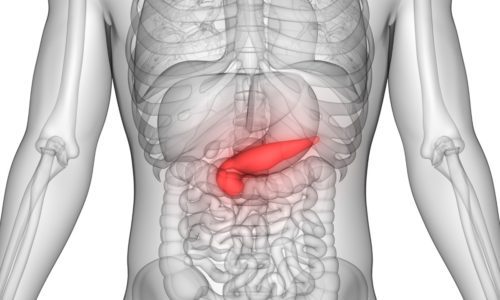How long is our intestine? |

Do you know how long you can survive without food or water? The answer may vary depending on how well stocked you are to start (and the environment – how hot/dry it is), but on average, we can survive about a month without food, and 10-14 days without hydration. When you think about it, we are all pretty close to death if we ignore our intestines.
- Ulcers: food that has been mixed with stomach acid, bile, and strong pancreatic enzymes can be irritating to the intestinal lining. If the lining does not produce enough protective mucous, this highly acidic sludge can cause painful ulcers, chronic bleeding, and eventual anemia.
- Muscle contraction issues (too much/too little). Constipation and diarrhea are both related to food transit time. When intestinal muscles contract slowly, food passes through them more slowly and their water content has more time to be absorbed. Constipation results, with hard stool caused by dryness. Diarrhea, on the other hand, may be caused by overactive muscle contractions that move food along very quickly. Irritable bowel syndrome can be a result of both fast and slow contracting muscles. In rare cases, the bowels can twist on themselves and cut off their own blood supply (called an ileus) or telescope into themselves (called an intussusception). These twists are very painful and represent a surgical emergency.
- Malabsorption: autoimmune diseases (such as Crohn’s disease and ulcerative colitis), allergies (such as Celiac disease or gluten allergy) and bowel surgeries (including bariatric surgery) can affect the absorption of nutrients in the intestine. Nutritional deficiencies can cause anemia, with calcium, iron, and magnesium often being too low.
- Food Intolerance: some of us have difficulty digesting milk protein (lactose intolerance), or high fiber foods. Cheese, caffeine, or certain plants (such as soy) can cause bloating, gas, and abdominal pain for some people.
- Food Allergies: food allergies (as opposed to intolerances) are more than uncomfortable, but dangerous. Peanut and shellfish allergies, for example, can cause a rapid immune response that can affect the entire digestive tract, including the mouth and throat, and cause difficulty breathing and sudden swelling.
- Wall herniations: as we age, intestinal walls (especially in the colon) tend to weaken. Small outpouchings called diverticula can trap food and become infected (known as diverticulitis). When antibiotics are not enough, sometimes parts of the colon need to be removed.
- Infections: intestinal infections are very dangerous because of the bacteria that live inside the small intestine and colon. When these bacteria (such as E. coli) get outside the intestine and into the blood stream, they can cause rapid sickness, fever, and even death if not treated quickly. Appendicitis is an infection of a worm-like outpouching near the attachment of the small and large intestines. More common outside the U.S., parasites can be accidentally ingested and cause bleeding or diarrhea, and spores from clostridium difficile (known as c.diff) or cholera bacteria are contagious and may require hospitalization due to severe dehydration.
- Polyps and Cancer: intestines are very active tissues, and they replace the first layer of cells in their lining every four to five days. Since these cells are rapidly dividing and replacing themselves all the time, it makes sense that they are at risk for dividing incorrectly, and causing polyps (growths) to develop. Most cancers develop from inside these polyps, so removing polyps is a priority during colonoscopies.
- Eat a healthy, high-fiber, low processed food diet. High fiber diets, lower in red meat have been associated with a reduced risk of colon cancer. Whenever possible, eat whole foods (as opposed to highly processed, canned or pre-prepared food), grains, plants, and lean fish and poultry proteins.
- Drink plenty of water. Water assists in absorption of nutrients and helps to prevent constipation.
- Avoid trans fats and charred meat. Partially hydrogenated oils in baked goods and margarines are absorbed by the intestines and increase the risk of diabetes, heart disease, and stroke. Charred and pickled meats may increase the risk for colon cancer as well.
- Get regular colonoscopies starting at age 50, or sooner if you have colon cancer in your family.
- Limit alcohol intake. Alcohol is associated with a higher risk of colon cancer.
- Take vitamin supplements if you have a malabsorption problem. For some people who can’t absorb B12 or iron, IV or injectable versions of these vitamins and minerals are available to bypass the gut. For most Americans, all the vitamins and minerals necessary for good health are available in a healthy diet.
- Take probiotics. Good gut bacteria are important to maintain, especially after a course of antibiotics. You can restore your gut flora by eating yogurt with live cultures or acidophilus tablets. Probiotics can reduce your risk of colon infections like C. diff after antibiotic treatments.
- Report blood in your stool to your doctor. Bloody or black stool may be caused by hemorrhoids, ulcers, or colon cancer. Either way, don’t be shy to talk to your doctor right away if you see blood in your stool.
If you have any more questions just Ask Hanna, our health advisors are here to help.
Image: ©Shutterstock / Life science








